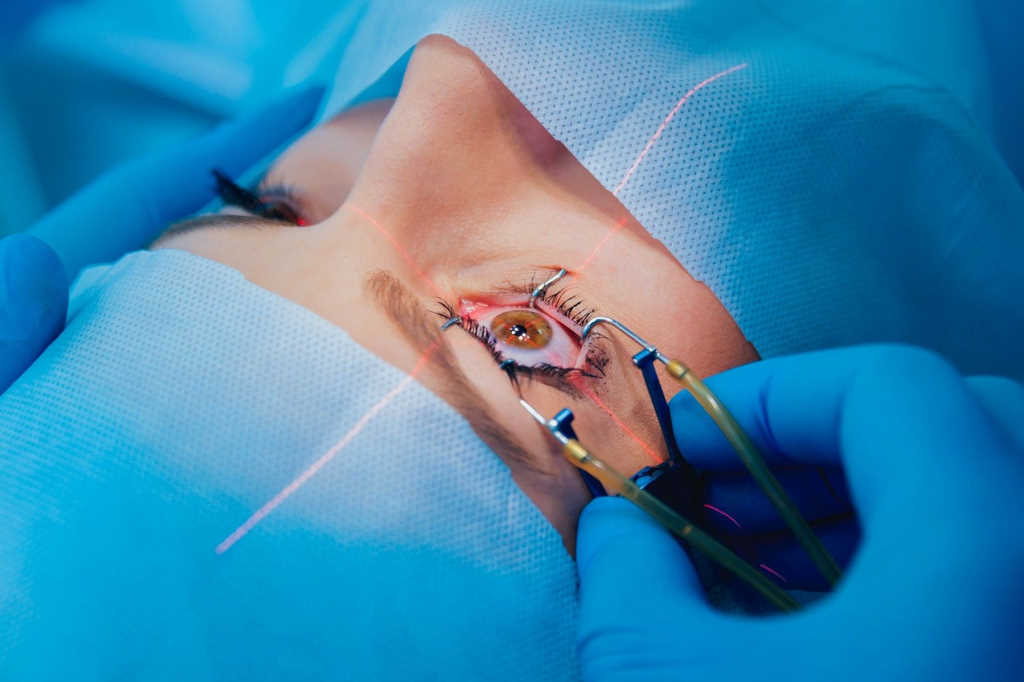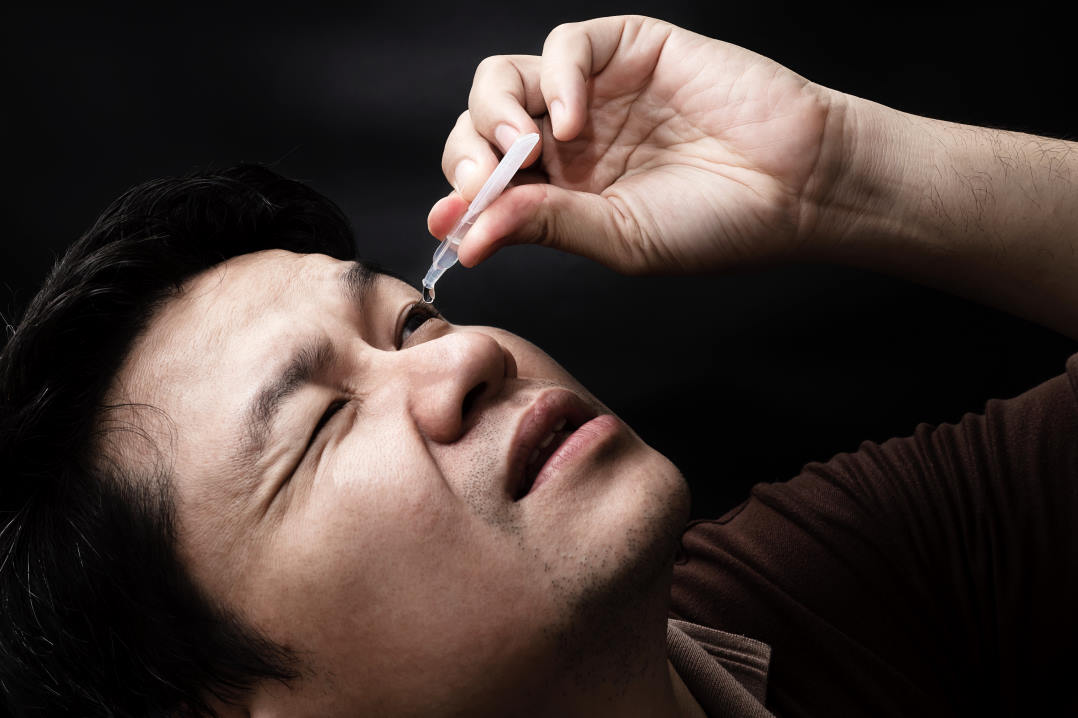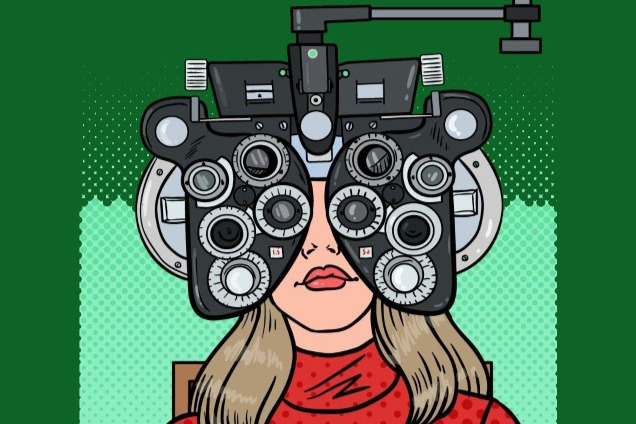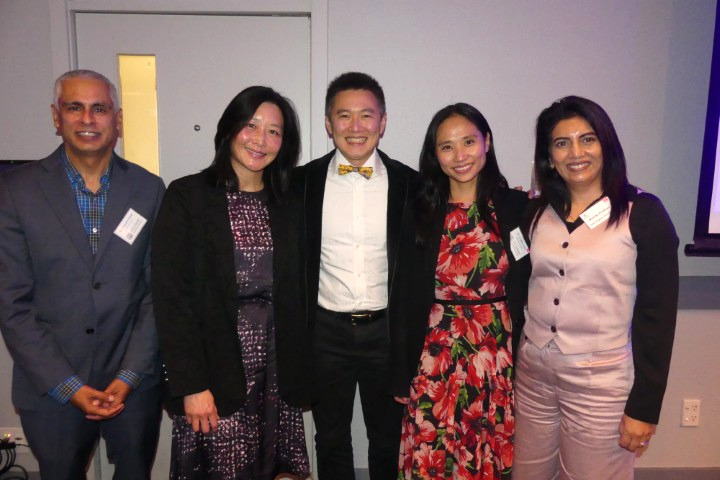The fall and rise of refractive surgery
A patient with a history of refractive surgery may create a wave of anxiety in the minds of most ophthalmologists but it is the history of refractive surgery itself that has, until recently, been keeping refractive surgeons awake at night.
The end of lockdown in New Zealand brought with it a collective sigh of relief as people could go out for a drink again, order Uber-eats again and consider having refractive surgery again. Perhaps the loudest sigh of relief would have come from the owners of laser vision correction surgeries and equipment suppliers as pre-Covid there were concerns that demand for laser surgery was declining.
The fall or not of refractive surgery
It may seem odd that demand for such an incredibly precise and safe procedure could decline while the population continues to grow, but a commonly touted explanation is a correlation with the economy. Yet New Zealand’s ‘rockstar’ economy outrode pandemic pressure on global financial markets, only officially entering a recession in September 2020.
Countries other than New Zealand could also blame price wars for declining refractive surgery income, compounded by cut-price LASIK centres and bait-and-switch marketing techniques undermining the value and respect the public has for laser vision correction. There are no winners in a race to the bottom as profit margins get slimmer and corners are cut to save costs, potentially resulting in one or more poor outcomes which can quickly wipe away the effect of a thousand good Google reviews.
Today social media, surgery and sometimes the surgeons themselves are irretrievably intertwined. It is unusual to see a patient who has not looked up their procedure on YouTube and most want to post their laser story on Instagram. An unhappy patient has a lot of power these days!
Perhaps the New Zealand laser market is suffering from a self-fulfilling prophecy that any hint of falling laser numbers creates a ‘sky is falling’ mentality, so surgeries believe they need to act now to save their income. But methods to trim costs could potentially increase numbers of dissatisfied customers whose expectations were not met or, worse, become that one-in-1000 who is left with serious complications. Ultimately any negative feedback creates a loss of trust and a true decrease in demand. Whatever the reason for the perceived trough in the refractive surgery market in New Zealand, a pandemic-induced rise in demand for laser began to roll in as soon as lockdown ended. Perhaps we should be thanking director-general of health Ashley Bloomfield for mandating masks, and thus fogged glasses!
An international perspective
I was fortunate enough to be invited to participate in a round table discussion organised by The Ophthalmologist magazine in July about the state of refractive surgery in a post-Covid world¹. Yes, we were more than a little premature in thinking we were through the worst of the pandemic! Joining me were refractive surgeons Drs Arthur Cummings from Ireland, Sheraz Daya from England and Maria Scott and Denise Visco from the US.

Discussing refractive surgery in a post-Covid world: Drs Arthur Cummings, Sheraz Daya, Ben LaHood, Maria Scott and Denise Visco. Credit: The Ophthalmologist
This group of world-leading refractive surgeons all agreed we were seeing a major upswing in demand for laser, but the difficulty was predicting how long the good times were going to last and how to plan for an uncertain future. Inevitably investment in technology took a backseat in 2020, but should this investment increase in 2021? The main consensus was that everyone in our industry should do everything they can to collaborate, protect precious staff and avoid the negative trap of belittling competing products and services if the industry is to continue to thrive.
In October, I moderated another roundtable discussion for The Ophthalmologist, this time involving younger, more recently qualified refractive surgeons from around the world. It was pleasing to hear cautious optimism that increased demand for laser was not simply a catching up of missed appointments. It appears many believe that one of the few good things to come out of the pandemic (other than attending meetings in your pyjamas) was a shift in people’s health priorities. I joked about fogging glasses, but it is a real problem for many.
The rise of refractive surgery
I recently chatted directly with Arthur Cummings about all this on my podcast, The Second Look. He is a member of the Refractive Surgery Alliance (RSA), a group who are striving to improve the reputation and quality of refractive surgery through education and collaboration.
The RSA is acutely aware of the need to maintain extremely high levels of care and that this means training top quality refractive surgeons, yet there are very few refractive surgery fellowship opportunities around the world. The RSA’s own two-year refractive surgery fellowship includes two years of full-time training as well as components of an MBA course from the prestigious Kellogg School of Management. The other focus of the RSA is creating a College of Refractive Surgery separate to any ophthalmology colleges. This is not being done for elitist reasons, but to impart and maintain an impeccable standard of knowledge and skill for future generations of refractive surgeons. As someone who travelled the world to gain the type of experience this fellowship offers, I am jealous but pleased the future of refractive surgery looks bright.
In conclusion
The rise in demand we have witnessed with the pandemic brings with it great potential, but we have to go back to basics, make good decisions, offer what is best for each individual patient and not compromise for short-term gains.
We are still at a point where many in the eye world, if asked directly, would not recommend laser surgery. This needs to change. Gaining the respect and trust of ophthalmologist and optometrist colleagues is the only way to maintain the post-Covid upswing we are seeing in the laser market.
Like vapours rising from a busy excimer laser, the refractive surgery market has come back to life. It is a good time to be a refractive surgeon again and with the myopia epidemic sadly going from strength to strength, boosted by more indoor tasks and computer usage, we may even have turned the corner where we may begin to struggle to keep up with demand. Refractive surgery is an exciting specialty and if trainee refractive surgeons value knowledge and can always prioritise their patient outcomes, they will do well despite any falls and rises of the market.
Reference
Dr Ben LaHood is an Australasian-trained consultant ophthalmologist based in Adelaide, with subspecialty fellowship training in laser vision correction and refractive cataract surgery, and a special interest in astigmatism correction. You can hear more from Ben via his two ophthalmic-focused podcasts, The second look and Ophthalmology against the rule.
























